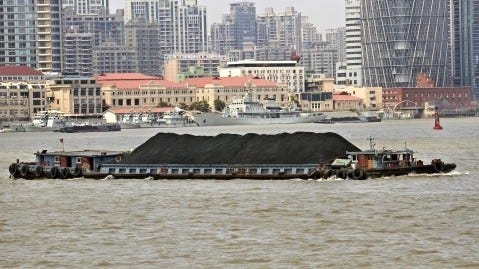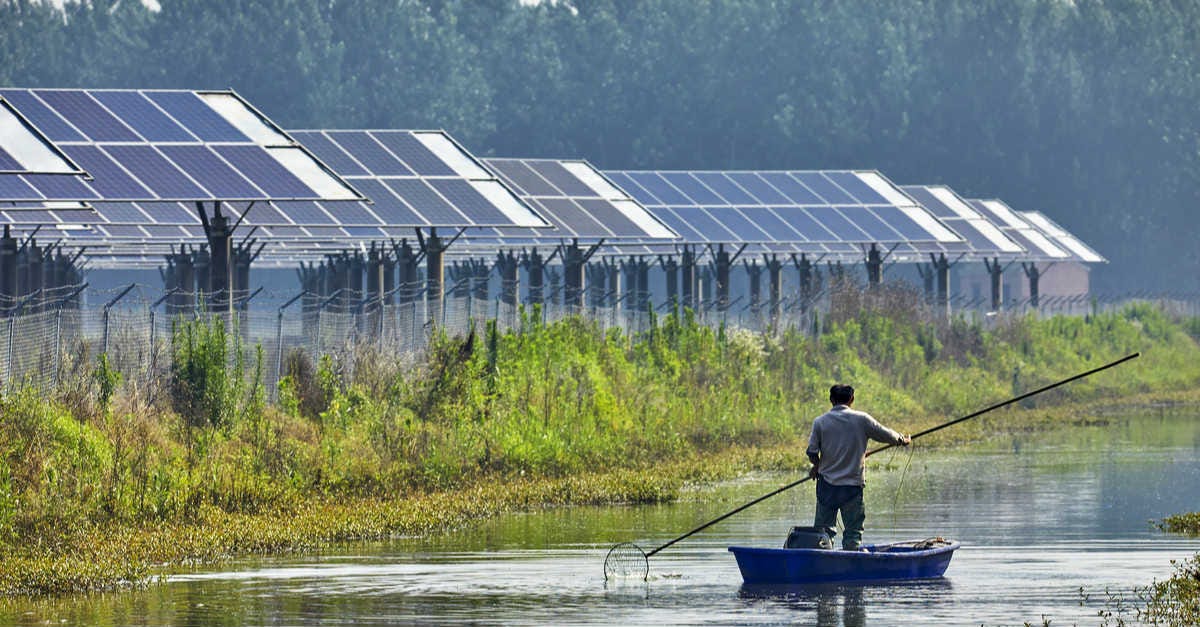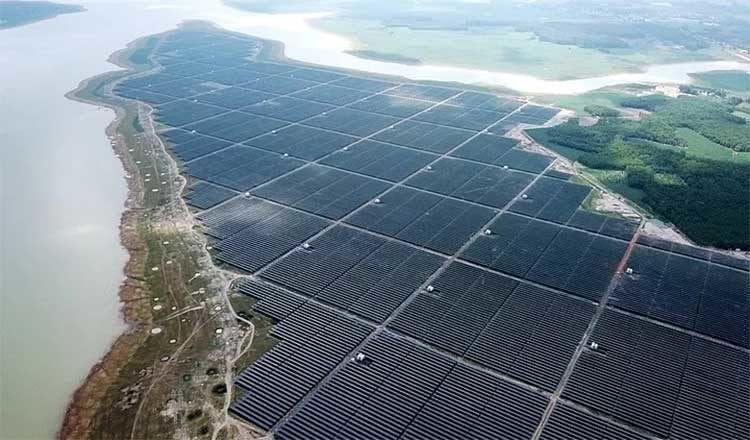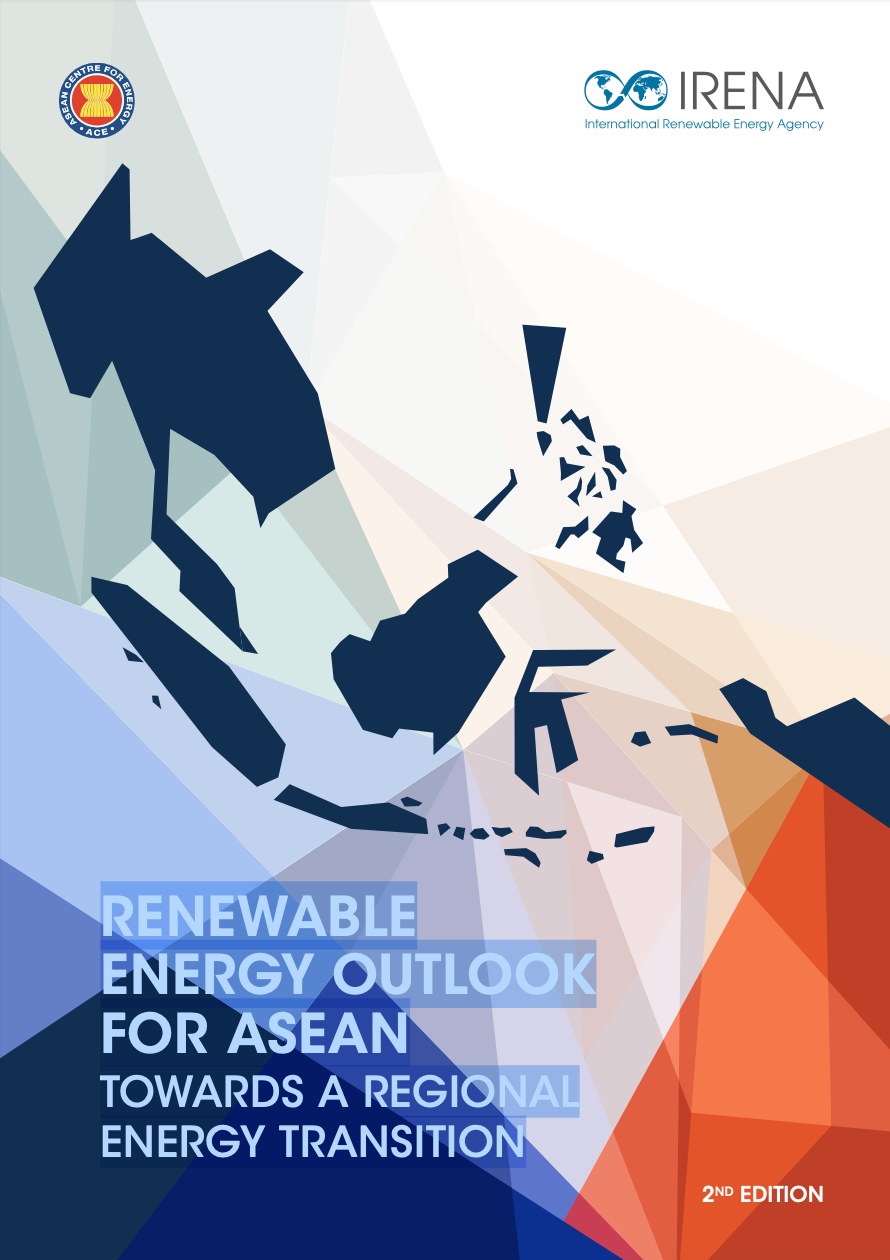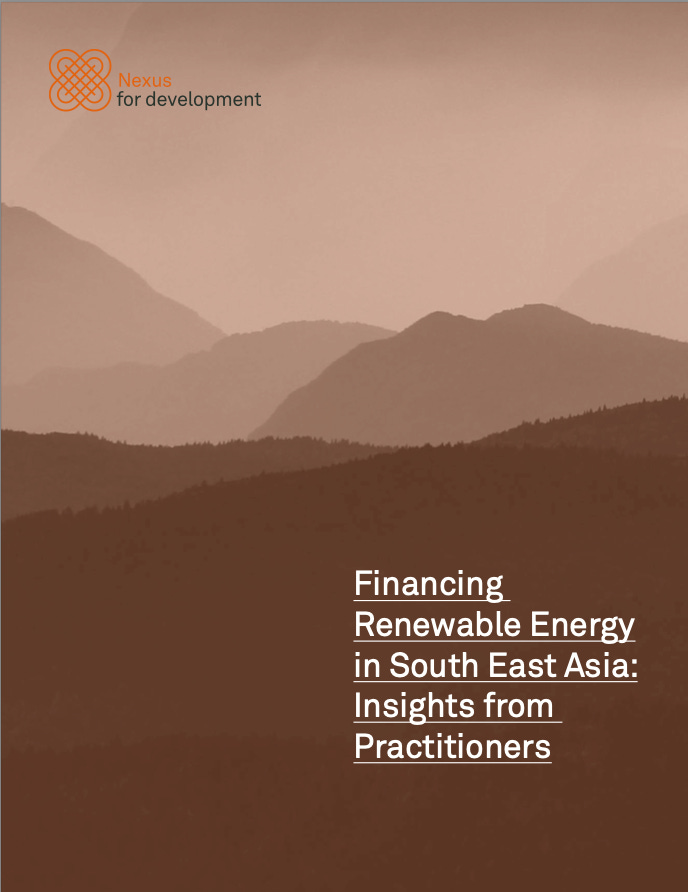River of Research
Noam Chomsky says another world is possible. The Lancang-Mekong glaciers are shrinking. Is renewable energy part of the solution?
UPDATE: The Long Mekong Daily starts with Noam Chomsky’s view that another world is possible. To begin our journey the Long Mekong Daily looks at riparian relations in both Europe and Asia. The frightening shrinkage of glaciers at the source of the Lancang-Mekong makes this edition’s focus on the quickening pace of renewables in Southeast Asia more important than ever. No time to waste, read on!
Noam Chomsky: Another World Is Possible. Let’s Bring It to Reality.
Labor and other popular activism can help shape the economic system in ways that will benefit people, not private power.
It’s a truism that the world is in a dismal state; indeed, there are too many great challenges facing our world and the planet is in fact at a breaking point, as Noam Chomsky elaborates on an exclusive interview below for Truthout. What’s less widely recognized is that another world is possible because the present one is simply not sustainable, says one of the world’s greatest public intellectuals.
Chomsky is institute professor emeritus in the Department of Linguistics and Philosophy at MIT and laureate professor of linguistics and Agnese Nelms Haury Chair in the Program in Environment and Social Justice at the University of Arizona. One of the world’s most-cited scholars and a public intellectual regarded by millions of people as a national and international treasure, Chomsky has published more than 150 books in linguistics, political and social thought, political economy, media studies, U.S. foreign policy and world affairs.
C.J. Polychroniou: Noam, as we enter a new year, I want to start this interview by asking you to highlight the biggest challenges facing our world today and whether you would agree with the claim that human progress, while real and substantial in some regards, is neither even nor inevitable?
Read the full interview here.
Regional Collaboration in Europe and Asia; Learning from the European Union Strategy for the Danube Region (EUSR) and the Greater Mekong Sub-regional (GMS)
The research focuses on investigating comparatively the origins and dynamics of sub-regional projects in the form of international river basins (IRB) in two different geographic settings, with one case study in Central Europe, and another one in Southeast Asia, namely the European Strategy for the Danube Region (EUSDR) and the Greater Mekong Sub-region (GMS).
The research recognizes that different levels of regional integration processes, like regional and sub-regional, and the dynamics behind them need to be distinguished from each other. These two case studies show a number of sub-regional characteristics, like cooperation at the local level, even transcending national borders, for supporting local economic development, in supporting related infrastructure development and inter-connectivity, shared energy supply and generation, shared tourism, and people-to-people exchange. They also share another commonality of sub-regional cooperation dynamic, the interaction of different actors across a range of issues and hierarchies, involving state and non-state actors. At the same time, they differ with regard in characterizing their integration process as either bottom-up or top-down. Lastly, they cannot be explained without taking into consideration both specific local aspects and the regional and global structural environment.
Access the full research paper here.
Projections of glacier peak water and its timing in the Sanjiangyuan on the Tibet Plateau - Lancang-Mekong Glaciers Shrink
The Sanjiangyuan, located on the Tibetan Plateau, is the headwater of the three large Asia Rivers- the Yangtze, Yellow and Lancang (upper Mekong) Rivers. Mountain glacier melt runoff, an important buffer against drought, is enhancing with climate warming. Projection of glacier (especially small glaciers) runoff change is imperative for adapting to climate change and mitigating relevant risks. We aim to provide an up-to-date knowledge of the glacier area and runoff change for 2016–2099 in the Sanjiangyuan.
New hydrological insights for the region
Small glacier dominated Lancang River basin is more sensitive to climate change than large glacier abundant Yangtze River basin and Yellow River basin. The Lancang River basin is projected to experience the greatest relative glacier area shrinkage, 10 % of glacier area and 55 % of glacier number will disappear for SSP5–8.5; 2) annual glacier runoff in the Yangtze River and Yellow River will reach peak water around 2080 under SSP3–7.0, while the Lancang River is already in or near peak water timing for all SSPs. Higher emission scenario tends to yield later peak water timing due to the changes in snow melt.
Download full research paper here.
Coal projects in China’s BRI to decline: Fitch
China is amongst the global leaders that have pledged to stop coal financing, alongside Japan and South Korea in September 2021. Coal projects under China’s Belt and Road Initiative (BRI) will likely decline after the government’s announcement to stop funding coal-fired power plants overseas.
Despite this, Fitch noted that China will continue leading global financing. Based on Fitch’s Key Projects Data, there are still 94.8 gigawatts of coal capacity in its BRI project pipeline
“Although we expect recent divestment commitments from the Chinese government on halting overseas coal places risks on this pipeline,” the report read.
“In contrast, our Q421 KPD assessment contained significantly higher coal capacity.”
Vietnam, Indonesia, the Philippines, Zimbabwe, Pakistan, and Mozambique all have 40% less coal capacity in the pipeline than in Q421.
A total of 32 coal projects in China, which are currently in the planning stage, are at risk of being cancelled, Fitch Solutions reported.
Just last March 2022, a policy document, “Opinion on Jointly Promoting Green Development of the Belt and Road,” tackled the pledges of Chinese authorities to stop building new coal-fired power plants in other markets.
“Although there is debate over what this means for plants in the pre-construction phase, we believe there are risks to the 69 projects and 71.5 gigawatts in the Belt and Road Initiative, and the 32 projects financed by Chinese banks, shown by the graph below,” the report read in part.
Citing data from the Centre for Research on Energy and Clean Air, Fitch added that about 12.8 gigawatts across 15 plants of China-backed overseas coal projects have either been cancelled, or suspended since September 2021.
Moreover, a total of US$63b is at risk from China’s withdrawal from coal financing, according to the Clobal Energy Monitor.
Solar energy and regional coordination as a feasible alternative to large hydropower in Southeast Asia
Strategic dam planning and the deployment of decentralized renewable technologies are two elements of the same problem, yet normally addressed in isolation. Here, we show that an integrated view of the power system capacity expansion problem could have transformative effects for Southeast Asia’s hydropower plans.
We demonstrate that Thailand, Laos, and Cambodia have tangible opportunities for meeting projected electricity demand and CO2 emission targets with less hydropower than currently planned—options range from halting the construction of all dams in the Lower Mekong to building 82% of the planned ones. The key enabling strategies for these options to succeed are solar PV and regional coordination, expressed in the form of centralized planning and cross-border power trading. The alternative expansion plans would slightly increase the cumulative costs (up to 2.4%), but substantially limit the fragmentation of additional river reaches, thereby offering more sustainable path- ways for the Mekong’s ecosystems and riparian people.
Download the full research article here.
Securing the Mekong Subregion’s Future through Transitioning to Renewable Energy
Energy demand continues to grow in the populous and economically vibrant region of Southeast Asia, even as the need to address climate change and CO2 emissions becomes clearer. Energy profiles, security, and management in the subregion are diverse and unequally distributed, but one commonality is rapidly growing demand for energy. Experts estimate that electricity demand will double from 2010 to 2040.
To match this growth, some $1.7 trillion of cumulative investment in energy supply infrastructure to 2035 is required, including 60% in the power sector, with these power needs increasingly met with renewable and sustainable energy sources. The coming energy transformation in the Mekong is important, and getting it right is essential for the subregion’s sustainability, resilience, and security. The transformation to sustainable and clean energy is not only an imperative to growth but increasingly also a condition for national security.
Read the full article here.
Renewable Energy Outlook for ASEAN: Toward a Regional Energy Transition
The Southeast Asia region will see rapid economic growth in the coming decades and energy use is set to grow significantly. Today, the region stands at a crossroads. On the one hand, it can pursue a path of continued reliance on fossil fuels, most of which come from non-indigenous sources, increasing the region’s emissions and exposure to volatile and increasingly expensive global commodity markets. On the other, the region could utilise its ample, affordable, indigenous renewable energy resources to lower energy costs, reduce emissions and drive regional economic development.
This second edition of the Renewable energy outlook for ASEAN was developed in collaboration the ASEAN Center for Energy (ACE) and the ASEAN Renewable Energy Sub-sector Network. It is guided by IRENA’s World energy transitions outlook and builds upon the first Renewable energy outlook for ASEAN, released in 2016, by incorporating a net-zero pathway and a longer-term perspective to 2050.
As the region commits to ever more ambitious climate targets, including net-zero commitments, planning must begin now in earnest. While ASEAN has ambitious renewable energy goals in the near-term, the region needs to think and plan for the long-term. It has a unique opportunity to develop a sustainable energy system based on renewable energy resources that can support socioeconomic recovery and development while addressing climate change mitigation and adaptation strategies, and accomplishing energy security, universalisation and affordability goals.
Download full report here.
Sustainable development in South East Asia
(SEA) is hindered by dependence on conventional energy sources such as fossil fuel –oil, coal, and natural gas – all of which contribute to greenhouse gas emissions and climate change. Unsustainable energy sources are quickly being made obsolete by market driven demands for climate friendly and clean solutions. Thus, renewable energy (RE) usage– particularly solar, biomass, hydro, wind, and geothermal – is projected to increase exponentially, creating a significant opportunity for the private sector to meet growing demands.
Local small and medium-sized enterprises (SMEs) and social enterprises are uniquely positioned to pioneer low-carbon development. By supplying communities with sustainable and affordable clean energy solutions, SME's and social enterprises can simultaneously address the key drivers of poverty while reducing carbon emissions. Unfortunately, RE projects and SME's often face significant political, regulatory, or technological barriers during implementation. Particularly for those enterprises in the start-up, scale-up, or growth stages, access to finance is the primary obstacle they must overcome on the path to scaling and implementing solutions in SEA.
SMEs and the entrepreneurs that run them are often unsuccessful in identifying advantageous financing tools that can maximize their business models. The following report builds upon desk research as well as key observations from the workshop, "Financing Renewable Energy in South East Asia" workshop held in Phnom Penh.
Download the full report here.







